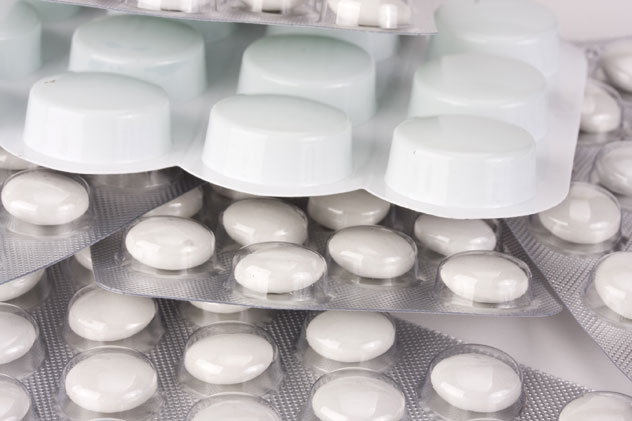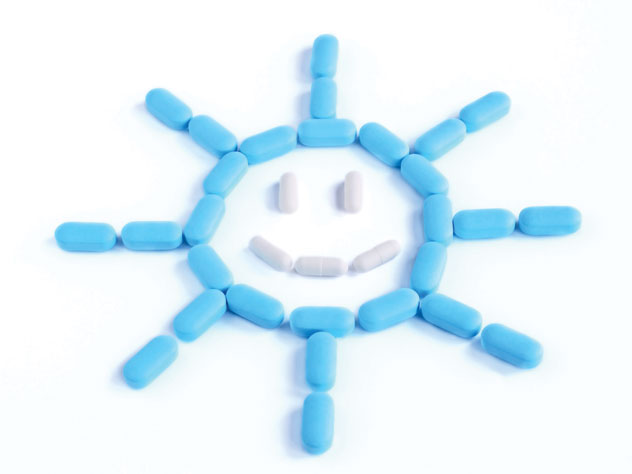|
|
|
ADVERTISEMENTS
|
|
PREMIUM
- HAPPY HOLIDAYS!
- Siliconeer Mobile App - Download Now
- Siliconeer - Multimedia Magazine - email-Subscription
- Avex Funding: Home Loans
- Comcast Xfinity Triple Play Voice - Internet - TV
- AKSHAY PATRA - Bay Area Event - Sat. Dec 6
- Calcoast Mortgage - Home Loans
- New Homes in Silicon Valley: City Ventures - Loden Place - Morgan Hill
- Bombay to Goa Restaurant, Sunnyvale
- Buying, Sellling Real Estate in Fremont, SF Bay Area, CA - Happy Living 4U - Realtor Ashok K. Gupta & Vijay Shah
- Sunnyvale Hindu Temple: December Events
- ARYA Global Cuisine, Cupertino - New Year's Eve Party - Belly Dancing and more
- Bhindi Jewellers - ROLEX
- Dadi Pariwar USA Foundation - Chappan Bhog - Sunnyvale Temple - Nov 16, 2014 - 1 PM
- India Chaat Cuisine, Sunnyvale
- Matrix Insurance Agency: Obamacare - New Healthcare Insurance Policies, Visitors Insurance and more
- New India Bazar: Groceries: Special Sale
- The Chugh Firm - Attorneys and CPAs
- California Temple Schedules
- Christ Church of India - Mela - Bharath to the Bay
- Taste of India - Fremont
- MILAN Indian Cuisine & Milan Sweet Center, Milpitas
- Shiva's Restaurant, Mountain View
- Indian Holiday Options: Vacation in India
- Sakoon Restaurant, Mountain View
- Bombay Garden Restaurants, SF Bay Area
- Law Offices of Mahesh Bajoria - Labor Law
- Sri Venkatesh Bhavan - Pleasanton - South Indian Food
- Alam Accountancy Corporation - Business & Tax Services
- Chaat Paradise, Mountain View & Fremont
- Chaat House, Fremont & Sunnyvale
- Balaji Temple - December Events
- God's Love
- Kids Castle, Newark Fremont: NEW COUPONS
- Pani Puri Company, Santa Clara
- Pandit Parashar (Astrologer)
- Acharya Krishna Kumar Pandey
- Astrologer Mahendra Swamy
- Raj Palace, San Jose: Six Dollars - 10 Samosas
CLASSIFIEDS
MULTIMEDIA VIDEO
|
|
|
|
|
MEDICINE:
Balancing Challenges:
India’s Antibiotic Resistance and Lack of Access to Medicines
India has two diametrically opposed problems when it comes to antibiotics: many people die because they do not have access to antibiotics, while others contribute to the spread of antibiotic resistance when they overuse these drugs in situations where antibiotic use is not warranted, writes Alice Easton.

India has two diametrically opposed problems when it comes to antibiotics: many people die because they do not have access to antibiotics, while others contribute to the spread of antibiotic resistance when they overuse these drugs in situations where antibiotic use is not warranted. Antibiotic resistant bacteria can withstand treatment with one or more antibiotics, and antibiotic use paves the way for these bacterial strains to spread by selectively killing off bacteria that are not resistant. Antibiotic resistance is a major problem around the world, though lack of access to antibiotics is largely limited to the developing world.
In developed countries, the impact of antibiotic resistance in the short-term is lessened by the fact that many patients can afford to take a newer, more expensive antibiotics when antibiotic resistance causes the first-line treatment to fail. In India, many of the newest drugs are out of reach for poor patients. Pneumonia is still the number one killer of children in India, indicating that a large number of children do not have access to the medicines that have made mortality from pneumonia low in the developed world.
A second reason that so many children die of preventable infectious diseases is that only 40 percent of India’s children receive all the vaccines they are guaranteed under the Universal Immunization Program (UIP). Access to vaccines not included in the UIP is even lower. If more children were vaccinated for diseases like pneumonia, the demand for antibiotics to treat pneumonia would decrease. In turn, lesser use of antibiotics would mean less antibiotic resistance. Despite support from governmental agencies, and financial backing from the GAVI Alliance, efforts to include a vaccine against Hib (one of the causes of pneumonia) in the UIP have been held back by fierce opposition focusing on the paucity of data on Hib in India.
In contrast to settings where antibiotics are out of reach, in parts of the country where antibiotics are readily available (often urban areas), their inappropriate use creates an environment conducive to the development of resistance. According to IMS Health information, antibiotic purchases in the retail sector in India increased by about 40 percent between 2005 and 2009. The lack of enforcement of prescription-only laws coupled with the entrepreneurial spirit among some pharmacy owners means that this use is largely unchecked.
However, it would be premature to place all the blame on enterprising pharmacists when hospitals and clinics also contribute to the problem. Poor infection control procedures in many hospitals facilitate the spread of resistant infections among inpatients. Doctors prescribe antibiotics because they do not have access to the diagnostic tests they would need to pinpoint the cause of fever in their patients. They may overprescribe out of concern that their patients will be disappointed if they pay for a consultation but leave without a prescription for an antibiotic—though this argument is less convincing in rural areas where few patients know what an antibiotic is.

Widespread overuse of antibiotics means that where antibiotic resistance is tested for, it is usually found at alarming rates. Many hospitals publish the resistance data they collect, but reliable, nationwide, time-series data is unavailable. Even less is known about resistance rates outside hospitals. Media coverage of the worrisome findings at those hospitals that do test is often misdirected; blame is easily placed on specific facilities rather than recognizing the lack of surveillance in other hospitals.
Although much of the microbiology data published in India is overlooked by the media, New Delhi metallo-beta-lactamase-1 (NDM-1) is a major exception. NDM-1 is a gene that confers resistance to several antibiotics and can be transferred between different species of bacteria. It was first reported in 2009 in a Swedish patient who had undergone surgery in New Delhi. Subsequent studies isolated the resistance gene in Indian hospitals, and in drinking water and seepage in New Delhi. Establishing that NDM-1 evolved in India would be difficult, but the suggestion in the Lancet that UK citizens considering medical tourism in India should think twice led to an uproar in India.
Antibiotic resistance has been a problem in India for years, and will still be a problem after media focus on NDM-1 has passed. Placing blame should not be the primary goal of research on this topic. Instead, more research should be done to understand how it developed and spread. In a positive development, the furor surrounding these studies and the implication that it was unsafe to seek medical care in India raised awareness that antibiotic resistance is a problem in India. This crisis situation spurred the creation of an Antibiotic Task Force by the Ministry of Health and Family Welfare.
One of the controversial recommendations of the Task Force was that the government should strictly prohibit sales of antibiotics without the prescription of a registered medical practitioner. Selling antibiotics without a prescription is already illegal, but rarely enforced. Additionally, some antibiotics would be reserved for use as a treatment of last resort in tertiary hospitals. Pharmacists’ organizations were concerned that these regulations would lead to decreased profits, and more importantly, loss of access to lifesaving drugs in isolated populations.
Speaking at the First Global Forum on Bacterial Infections in New Delhi this past October, Indian Health Minister Dr. Ghulam Nabi Azad explained that the proposals of the Task Force are on hold until the government develops methods of ensuring that increased regulation of antibiotic sales does not mean access to lifesaving drugs is cut off for segments of the population. Many rural areas do not have any Registered Medical Practitioners, so it could become impossible for residents to obtain legal prescriptions. The government will have to consider how to ensure access where no Registered Medical Practitioners work before implementing rules across the country.
Other interventions to target antibiotic overuse in India include raising awareness among pharmacists and doctors through mandatory in-service training, regulating the currently uncontrolled use of antibiotics in farm animals, and setting up a surveillance system to measure resistance levels and determine if interventions are having an impact on antibiotic use and resistance. Interventions to lessen the burden of bacterial diseases, such as improving access to sanitation, would also slow the spread of resistance by decreasing the need for antibiotic use.
Antibiotic resistance is a complex problem to deal with in a country as diverse as India. A nuanced response is necessary to respond to the fact that while antibiotics are dispensed recklessly in some hospitals and pharmacies, others die because they do not have access to the antibiotics they need. Antibiotic resistance is neither new, nor limited to India, but hopefully increased focus on the issue in the wake of the NDM-1 controversy will lead to the enforcement of a comprehensive antibiotic policy.
This article first appeared in ‘India in Transition (IiT),’ a publication of the Center for the Advanced Study of India (CASI) of the University of Pennsylvania. All viewpoints, positions, and conclusions expressed in IiT are solely those of the author(s) and not specifically those of CASI. ©2011 Center for the Advanced Study of India and the Trustees of the University of Pennsylvania. All rights reserved. [http://casi.ssc.upenn.edu].
|
 |
Alice Easton is an Associate at Boston Consulting Group in Chicago. From July 2009 to October 2011, she coordinated the Global Antibiotic Resistance Partnership in India.
|
|
|
|
|
|
|